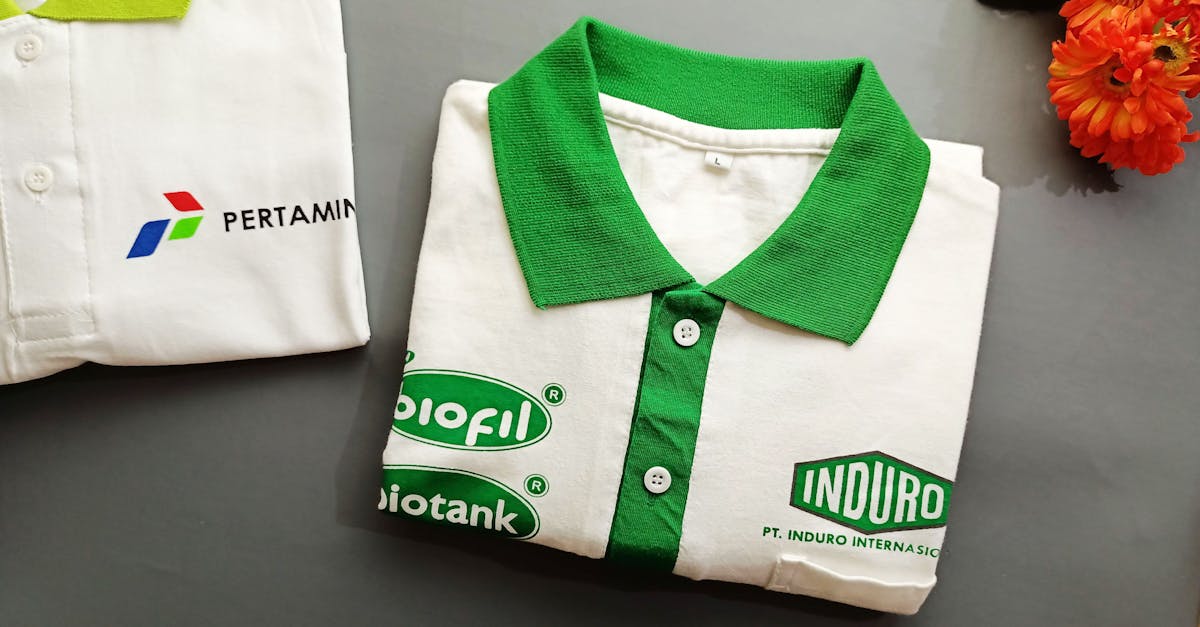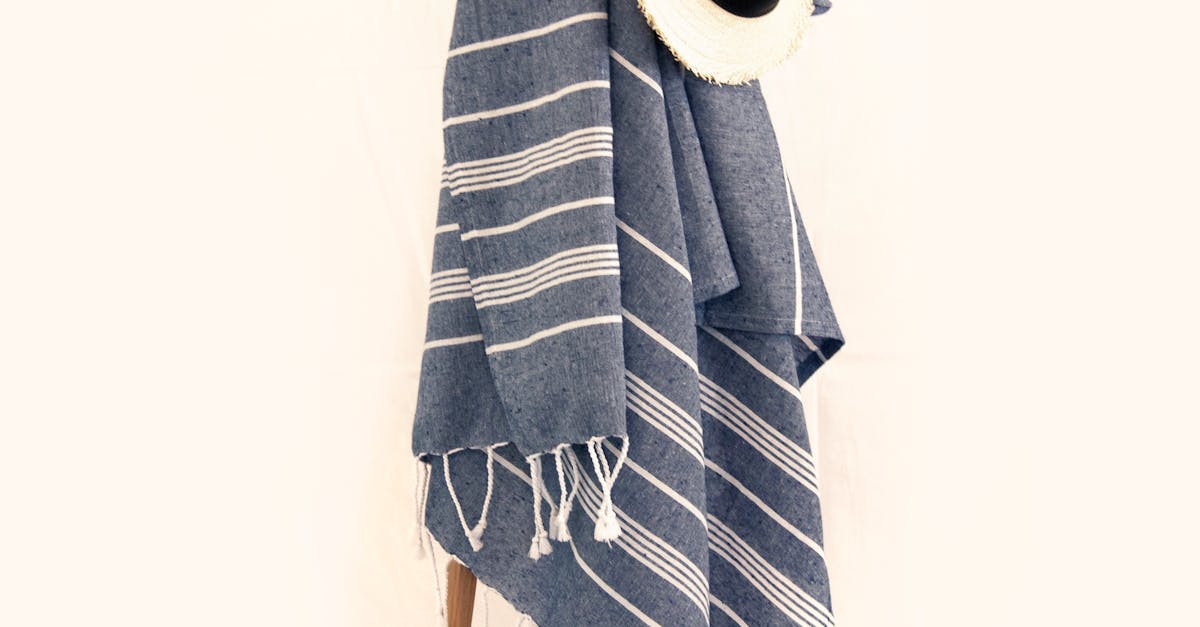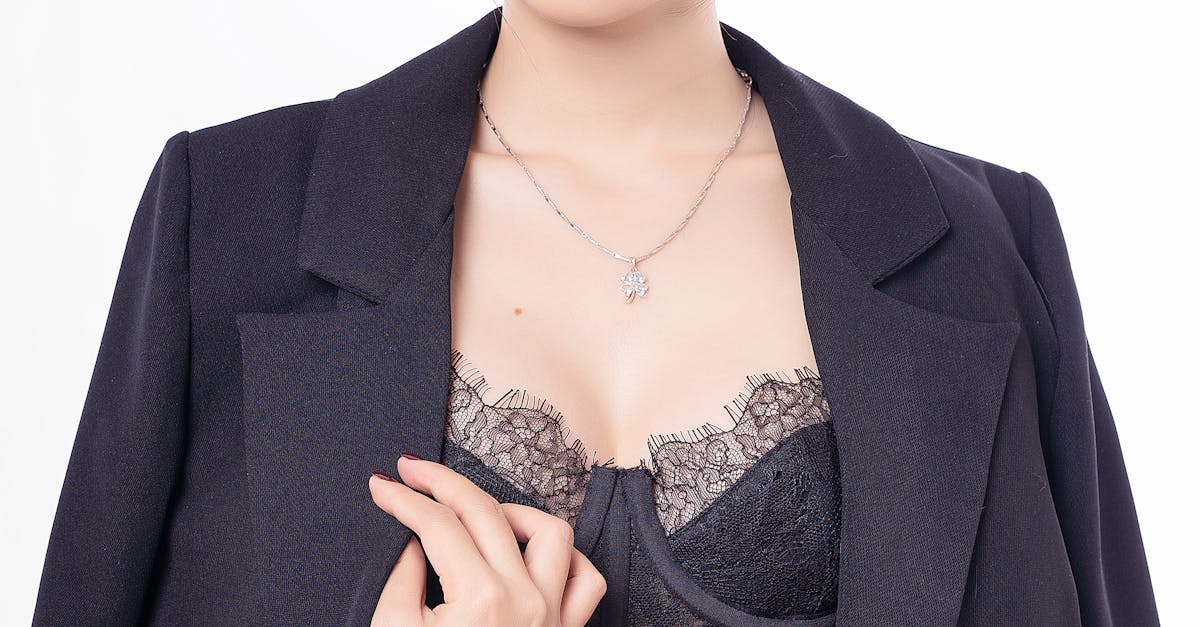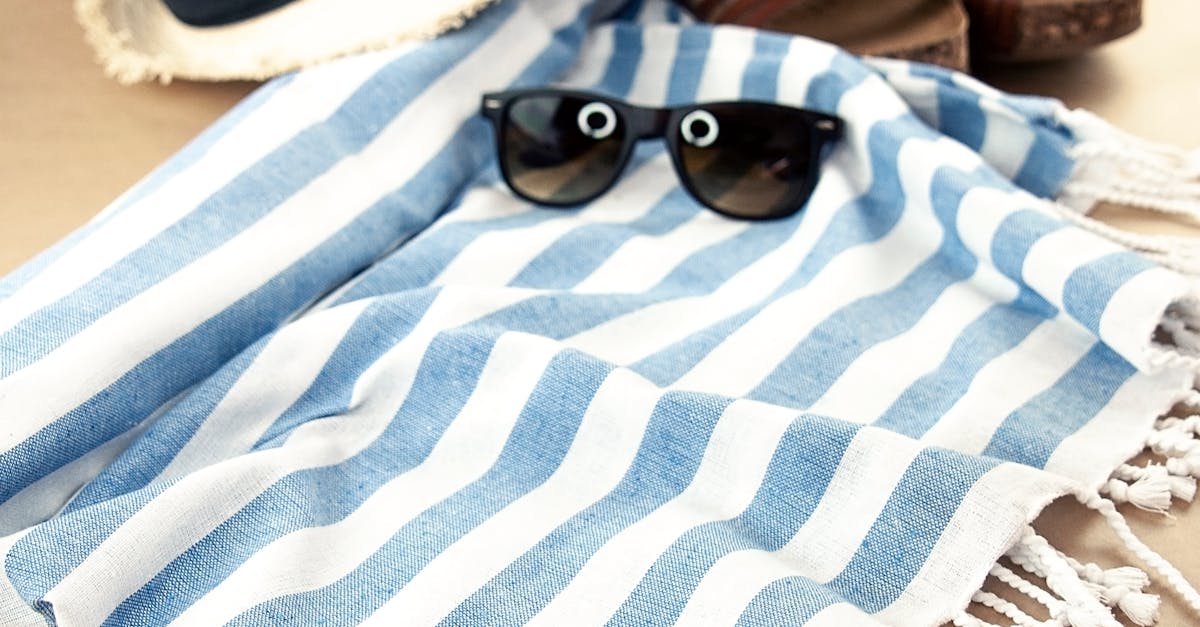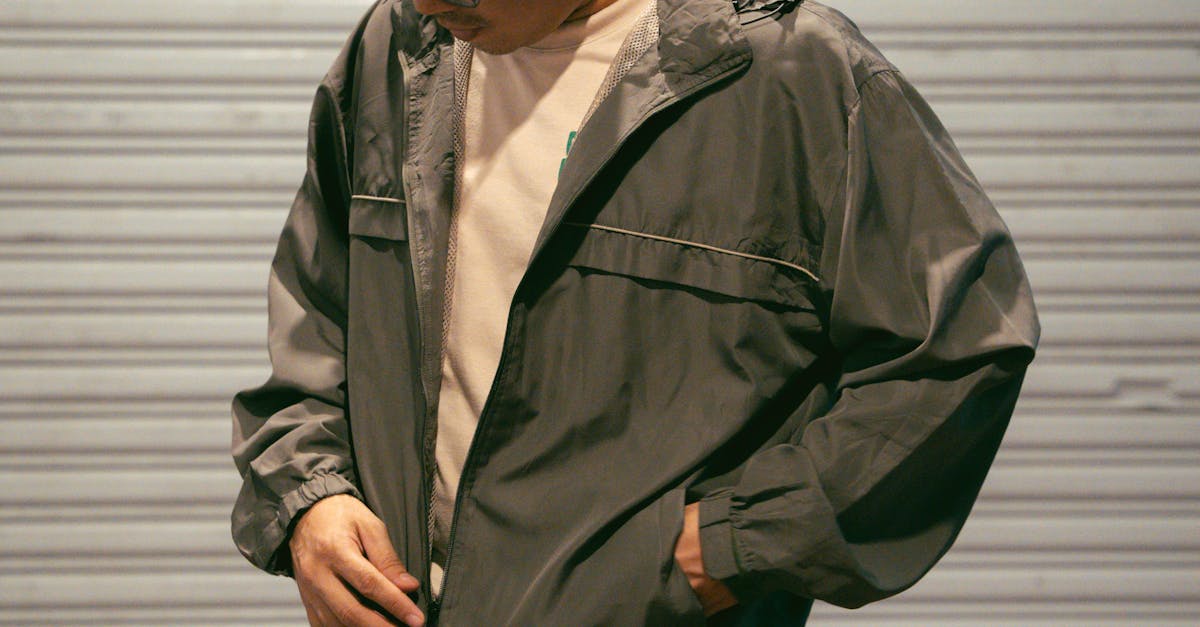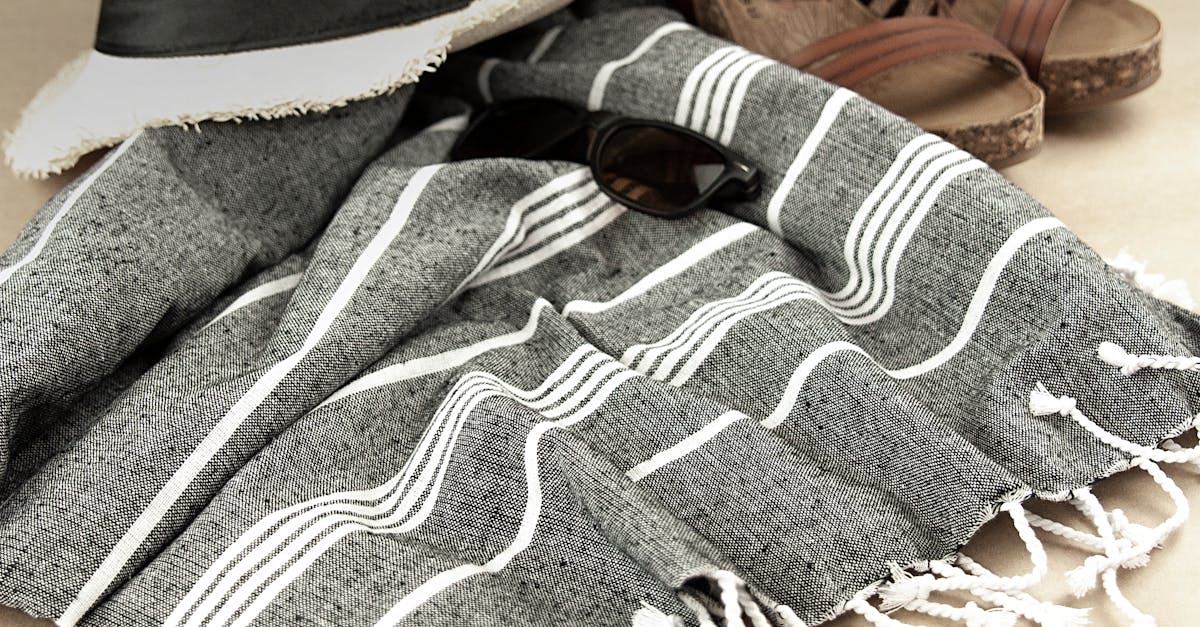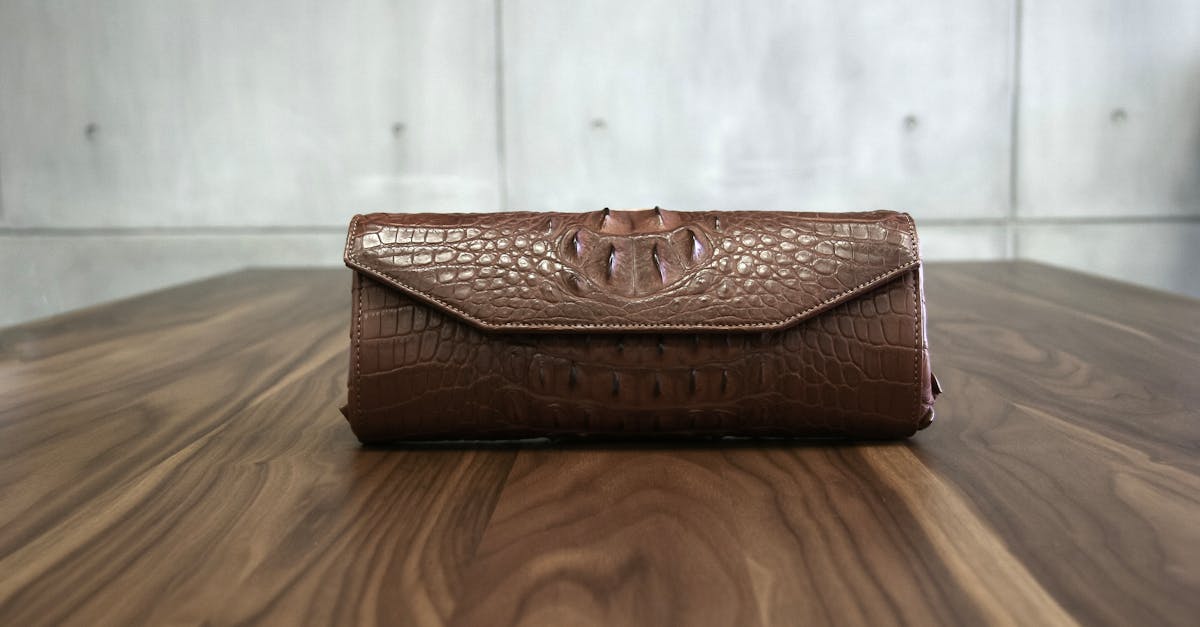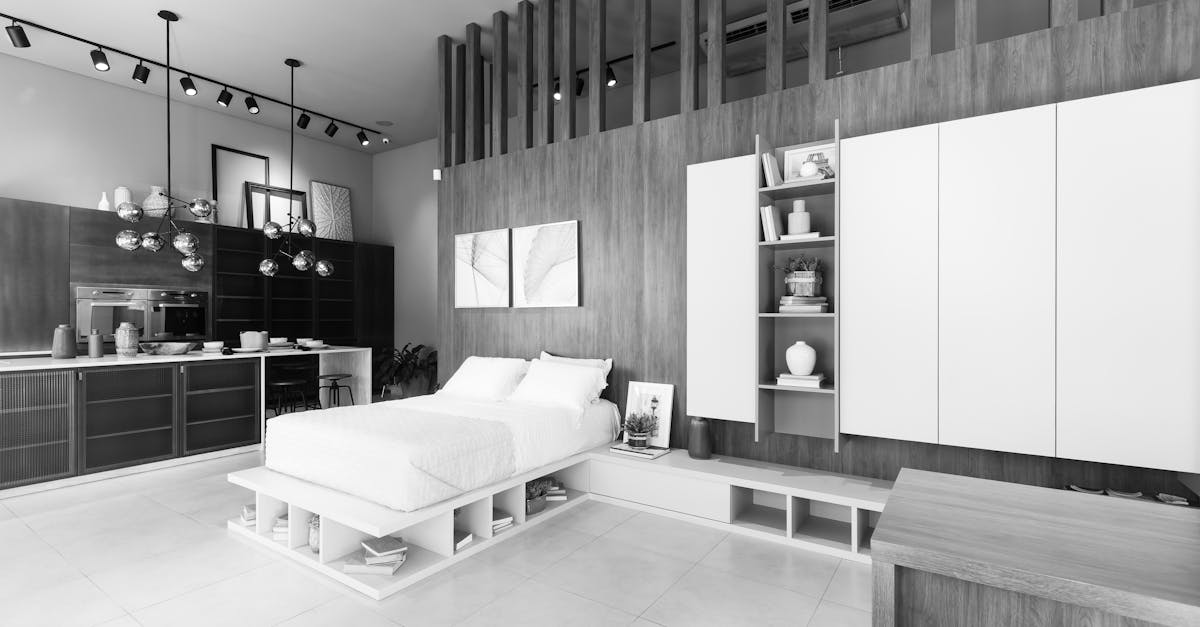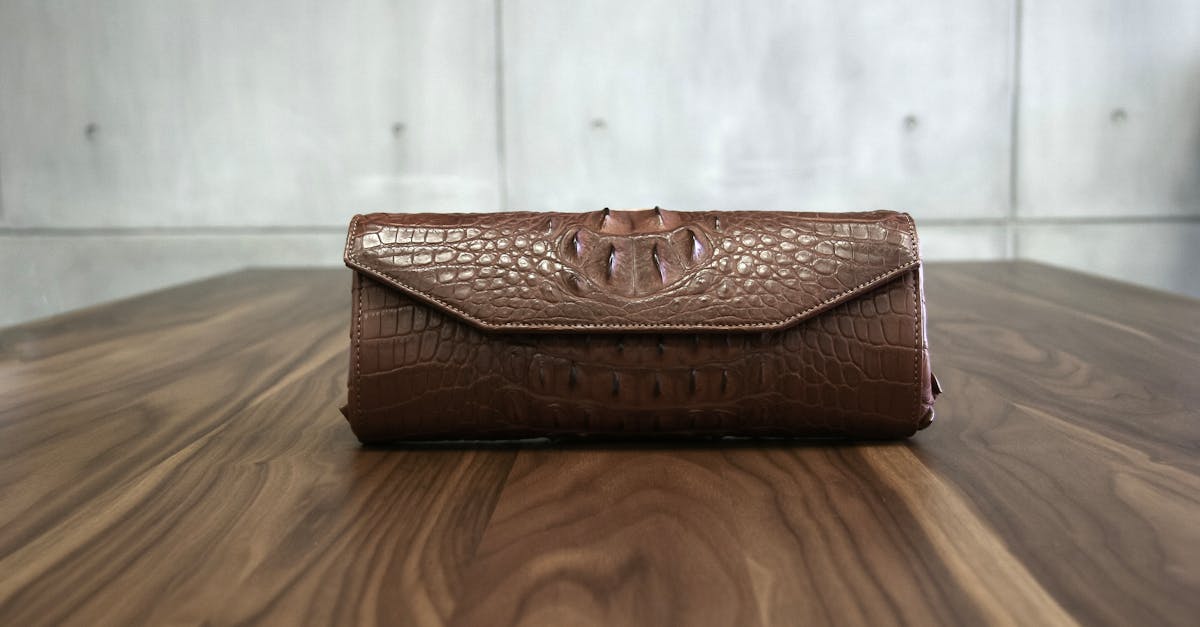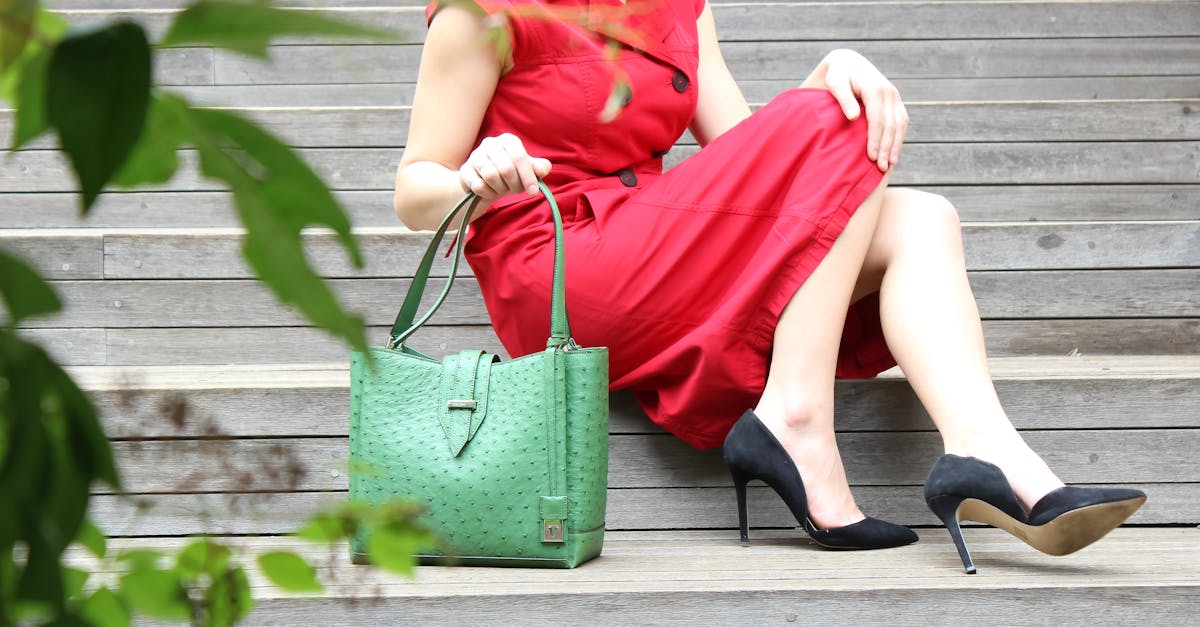
Table Of Contents
Seasonal Maintenance Checks
Seasonal maintenance checks for fitted wardrobes are essential to ensure their longevity and functionality. During these inspections, it’s important to examine the hinges, handles, and sliding mechanisms for any signs of wear or damage. Dust buildup can affect the smooth operation of these components. A simple wipe-down with a soft cloth can help prevent accumulation, reducing the risk of mechanical issues down the line.
In addition to checking the hardware, inspect the interior shelving and hanging areas of your fitted wardrobes. Look for any signs of sagging or signs of moisture that may indicate a problem with humidity levels in your home. Proper organization and decluttering during these seasonal checks can improve airflow. This practice not only enhances the functionality of the wardrobe but also extends its lifespan.
What to Look for During Inspections
When inspecting your fitted wardrobes, start by checking for any signs of wear and tear. Look for scratches, dents, or scuffs on the surface that may indicate damage. Inspect the edges and corners closely, as these areas can be prone to chipping. Ensure that all drawers and doors are functioning smoothly. If you notice any resistance or misalignment, it could affect the overall usability of your wardrobe.
Next, examine the interior for any signs of moisture or mildew, which can compromise the integrity of your fitted wardrobes. Check for dust accumulation in hard-to-reach areas. This may signal the need for a thorough cleaning. Also, review the hardware, including hinges and knobs, to ensure they are securely fastened and operational. Regular inspections can help identify potential issues before they escalate.
Handling Minor Repairs
Fitted wardrobes can experience minor issues over time, such as misaligned doors or loose handles. Addressing these problems early can help prevent more significant damage. For misaligned doors, check the hinges and adjust them as needed. Tightening screws or replacing worn-out hardware can also make a difference in functionality. Regularly inspecting these elements will ensure that your fitted wardrobes operate smoothly.
When dealing with minor repairs, consider some DIY fixes that can save both time and money. For instance, if you notice that the shelving is sagging, adding extra support brackets can provide the necessary reinforcement. Additionally, a simple touch-up of paint or stain can refresh the look of your fitted wardrobes, especially in areas showing signs of wear. These small adjustments can enhance the overall appearance and extend the lifespan of your wardrobes.
DIY Fixes for Common Issues
Fitted wardrobes can face a range of minor issues over time, but many can be addressed through simple DIY fixes. Sticking doors are a common complaint, often caused by misalignment or accumulation of debris. To remedy this, check the hinges for tightness and realign them if necessary. Cleaning the track where the door slides can also help reduce friction and ensure smooth operation.
Another frequent issue is worn or damaged handles. Replacing these can often be done with minimal tools. Simply unscrew the old handle and attach a new one in its place. It’s also worth inspecting the interior shelves and compartments. If they’re sagging, reinforcing them with additional brackets or adjusting their placement can enhance the overall stability of your fitted wardrobes.
Enhancing Wardrobe Longevity
To enhance the longevity of fitted wardrobes, proper care is essential. Regular cleaning is key, as dust and debris can accumulate and cause damage over time. Use a soft, damp cloth to wipe down surfaces, avoiding harsh chemicals that may strip finishes. Ensure that the area around the wardrobe remains well-ventilated to prevent moisture build-up, which can lead to mold and mildew.
Consider the type of items stored within your fitted wardrobes. Avoid overloading shelves and hanging spaces, as excessive weight can strain the structure. Using hangers that match the size of your clothing can help maintain their shape and prevent stretching. Additionally, periodically reassessing the organization of your wardrobe can prevent clutter and make it easier to identify and address any issues early on.
Best Practices for Maintenance and Care
Fitted wardrobes require regular upkeep to ensure they remain functional and visually appealing for years. It’s important to establish a cleaning routine that includes dusting the surfaces and wiping down shelves with a damp cloth. Avoid using harsh chemicals that can damage the finishes. Checking the hinges and drawer slides should be part of your maintenance practices. Tightening screws or applying lubricant can keep them operating smoothly.
In addition to cleaning, consider organizing the interior space periodically to maximize efficiency. Utilize dividers and boxes to help keep items sorted and prevent overcrowding, which can lead to wear and tear. If fitted wardrobes feature mirrors, regular polishing will maintain clarity and shine. Assessing the condition of the doors and frames can help identify issues before they escalate, allowing for prompt attention and care.
FAQS
How often should I perform seasonal maintenance checks on my fitted wardrobes?
It’s advisable to perform seasonal maintenance checks at least twice a year to ensure that your fitted wardrobes remain in good condition and to catch any potential issues early.
What specific issues should I look for during wardrobe inspections?
During inspections, check for signs of wear, such as loose hinges, misaligned doors, and any damage to shelves or drawers. Also, look for moisture or mold, which can be detrimental to the structure of your wardrobe.
What are some common minor repairs I can handle myself?
Common minor repairs include tightening loose screws, realigning doors, replacing worn-out handles, and filling in scratches or dents with wood filler.
What DIY fixes can I try for squeaky doors or drawers?
For squeaky doors or drawers, you can apply a lubricant like WD-40 or silicone spray to the hinges and slides. Make sure to wipe away any excess to prevent buildup.
How can I enhance the longevity of my fitted wardrobes?
To enhance longevity, regularly clean your wardrobes, avoid overloading shelves, maintain proper humidity levels, and ensure that all components are functioning correctly through routine inspections.

